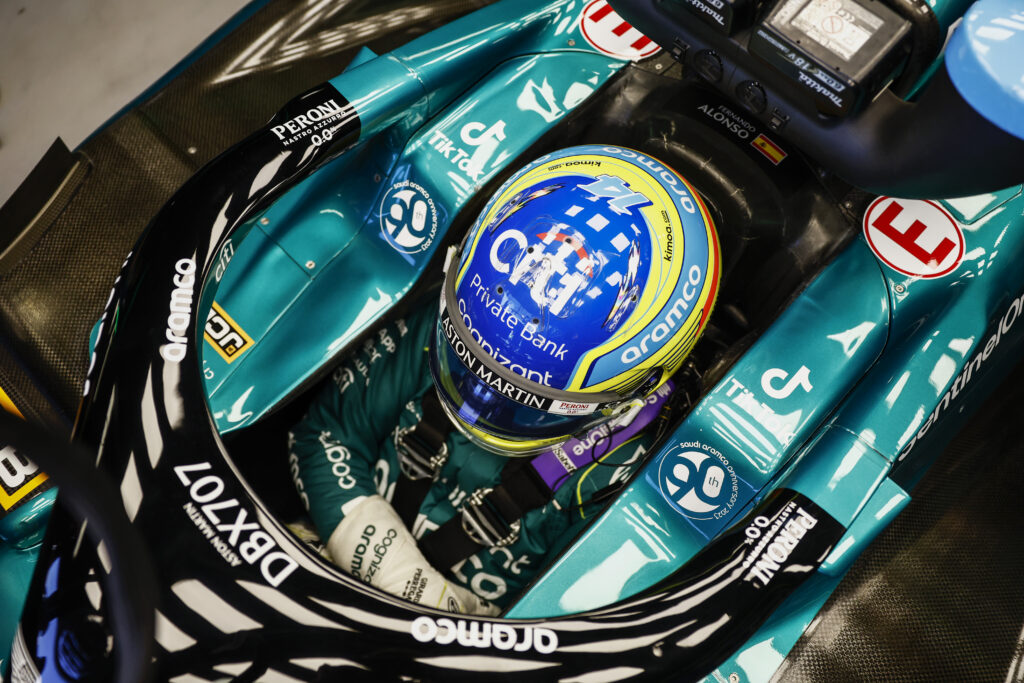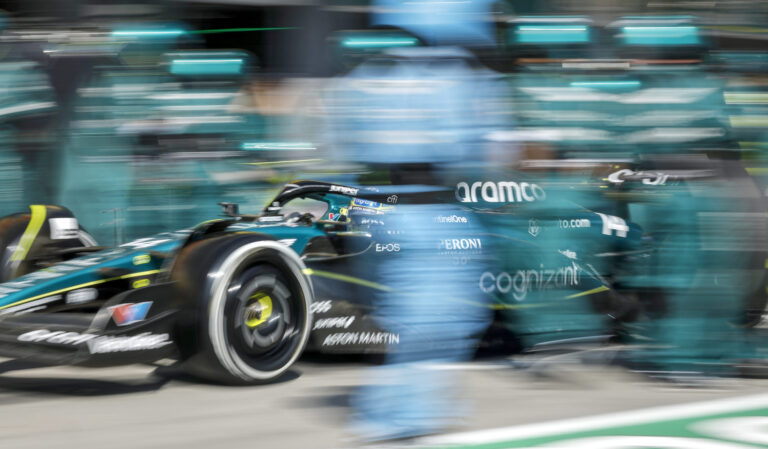When negotiating a deal, it is not rare to start from an idea and end up with a considerably different structure. However, although this is normal and understandable, it is crucial to always go through a defined process. That's why we created a guide for building a successful sports sponsorship that a brand should follow.
Identify your key business and marketing objectives: A sports sponsorship is a 360 degrees marketing tool and can serve as a platform to achieve a variety of objectives, from the wider business ones to the more specific marketing ones. Having a clear idea of the most important challenges to face, is essential in order to direct all the efforts of the partnership towards the right direction.
Select the storytelling around the partnership: The difference between sports sponsorship and advertising is the presence of a powerful story that can be told via the medium of sports to passionate fans. Selecting the right story that can be as information regarding the product/service as captivating for the audience, is crucial.
Choose the key channels to utilise: Based on the industry, each brand utilises in different ways the many channels at its disposal to reach its target audience. It is important to define which channels you want to see your partnership come to life and make sure that the selected sports property is able to leverage those channels effectively.

Draw an overall activation plan: Many brands start thinking about the activation plan only after they have signed a sponsorship deal, but they should really do that beforehand. Only when you know how you want to activate the partnership, you can select the correct partnership rights and assets to deploy the activation strategy.
Identify the budget for both the partnership fee and the activation: Although sports properties comprehensively always try to understand the budget before the negotiations start, it is only when the brand has a clear idea of all the opportunities that can indicate a well-defined budget. It is important that the activation budget is calculated separately from the budget for the sponsorship fee, but done at the same moment.
Define the partnership rights and assets: Once there is a clear idea regarding all the points mentioned before, it is the moment to select the rights and assets that the brand needs to deploy its sponsorship and activation strategy. However, it is not always easy, because some assets might serve a dual purpose and some of them might prove themselves difficult to leverage.
Conclusively, although the order might change depending on whether the brand is already involved in the sport and their general experience in sports sponsorship, those are the crucial steps to follow to make sure that a strong ROI will come out from the partnership.
This is original editorial content from Drive Sports Marketing, an agency specialising in Formula 1 sponsorship, Formula E sponsorship, MotoGP sponsorship, and WEC sponsorship.







